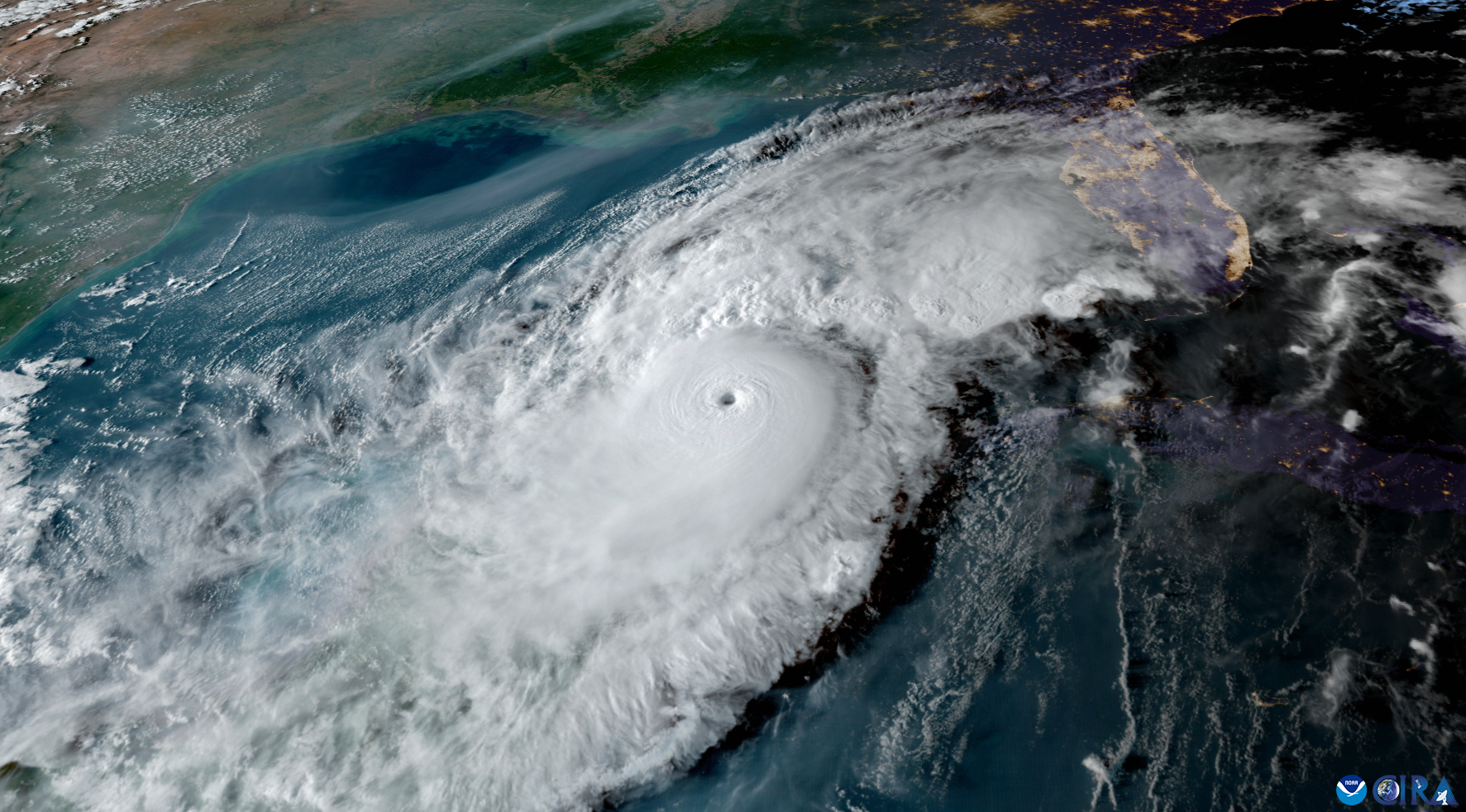The last several years have been marked with an increased volatility in the business world, and the insurance industry as a whole has had to evolve to stay afloat in the turbulent seas of macroeconomics. And while we have seen the first signs of the P&C market leveling off since pre-COVID, these are still tumultuous times. At Graham, we believe there should be no surprises when it comes to insurance, and we take a very hands-on approach to helping our clients navigate through this volatility. We keep a keen eye on the horizon and share our insights with our clients.
Here are several trends that we see continuing into 2023:
Interest Rate Hikes and Inflation
Open any news feed and chances are you will see a headline regarding inflation. Inflation is up by record numbers, which directly impacts the cost of claims. Some examples are: the cost of auto parts for an automobile claim, the cost of medical bills and wages for a workers’ compensation claim, or the cost of building materials for a property claim. The rising cost of building materials and labor particularly impacts the insurance industry. For property specifically, underwriters are cracking down on building values. In the past, insurance carriers did not typically question the Statement of Values (SOV). For years during renewal season, we would typically see little to no change in values unless the company had some sort of expansion or improvement done to their building(s). However, with the rising cost of building materials and labor compounded by the increased amount of large property claims, carriers are finding their insureds to be extremely underinsured. With the Insured to Value figures so staggeringly low, underwriters are now requiring updated building valuations or using their own modeling tools in the underwriting process in order to increase values to a more appropriate level.
Revenues for our insureds have also increased significantly. In many cases, the increased revenue isn’t due to more product being sold. Instead, it is due to the increased cost of goods and, in turn, the subsequent increased product cost. This higher revenue can have a direct impact on insurance policies. Since most general liability policies are rated off of revenue, on the surface, it appears as though there has been a significant increase in exposures. Therefore, it is important that brokers have in-depth business conversations with their clients regarding inflationary pressures on their payrolls and sales. This knowledge can be vital when negotiating renewal pricing in a client’s favor.
However, the news is not all negative. On the flip side of inflation, the interest rate hikes actually have a silver lining. They are yielding better portfolio returns for insurance carriers (mostly from their investment in high yield bonds) and consequently, we have seen pockets of opportunity and more negotiating power during renewals.
Claims Activity
In recent years, claims activity has also increased dramatically. In particular, catastrophic events, such as hurricanes, tornadoes, ice-storms, and wildfires have increased. According to the National Centers for Environmental Information (NCEI), from 2017-2021, “there were just 18 days on average between U.S. billion-dollar disaster events compared to 82 days in the 1980s.”1 These types of events cannot easily be predicted or modeled by an actuary. And while many of these losses occur on personal policies, they can adversely affect both personal and commercial policies due to carriers increasing rates to all policy holders.
Aside from catastrophic events, increased third party litigation financing also accounts for an increase in claims activities. The pandemic created a backlog of these cases, and there are potential nuclear verdicts still awaiting trial.
Alternative Risk Financing
At Graham, we use a proactive approach that allows us to better assist our clients. While our philosophy is to begin the renewal process 120 days in advance, for our existing clients, we begin these market discussions well before the start of the renewal process.
In those discussions, we are asking our clients about alternative ways to structure their insurance program. Whether it’s through a large deductible or a captive solution, there’s an appropriate balance between risk retention versus risk transfer and it’s our job as an outsourced risk manager to understand our client’s comfort level with taking on additional risk.
Our risk financing team can help you evaluate, design, and implement a customized risk financing solution, which can ultimately decrease your costs and give you more control in the marketplace We can help you align your long-term goals with the appropriate risk financing solution.
- NOAA National Centers for Environmental Information (NCEI) U.S. Billion-Dollar Weather and Climate Disasters (2023). https://www.ncei.noaa.gov/access/billions/, DOI: 25921/stkw-7w73








EB.jpg)